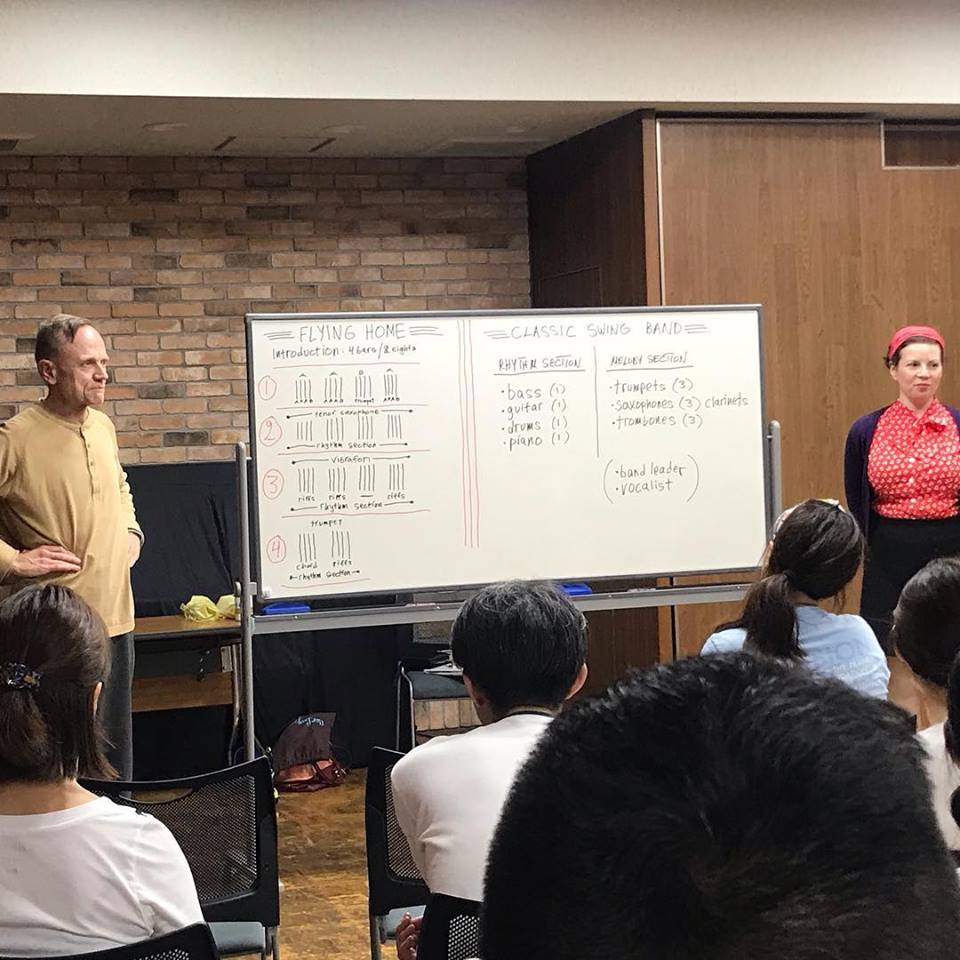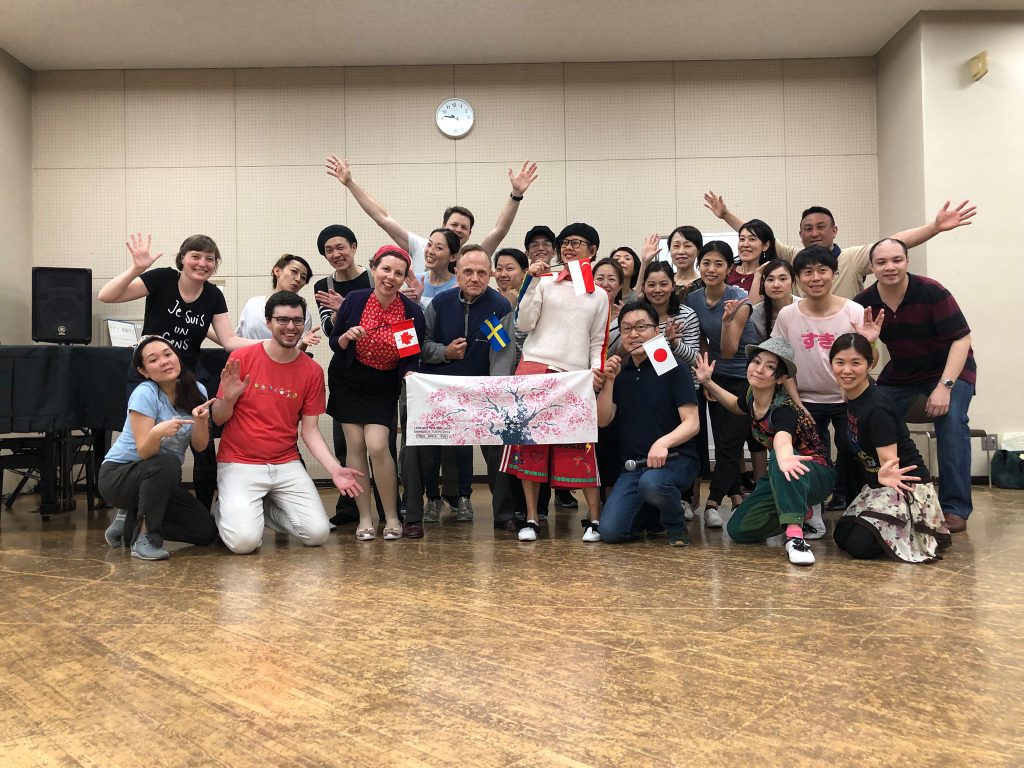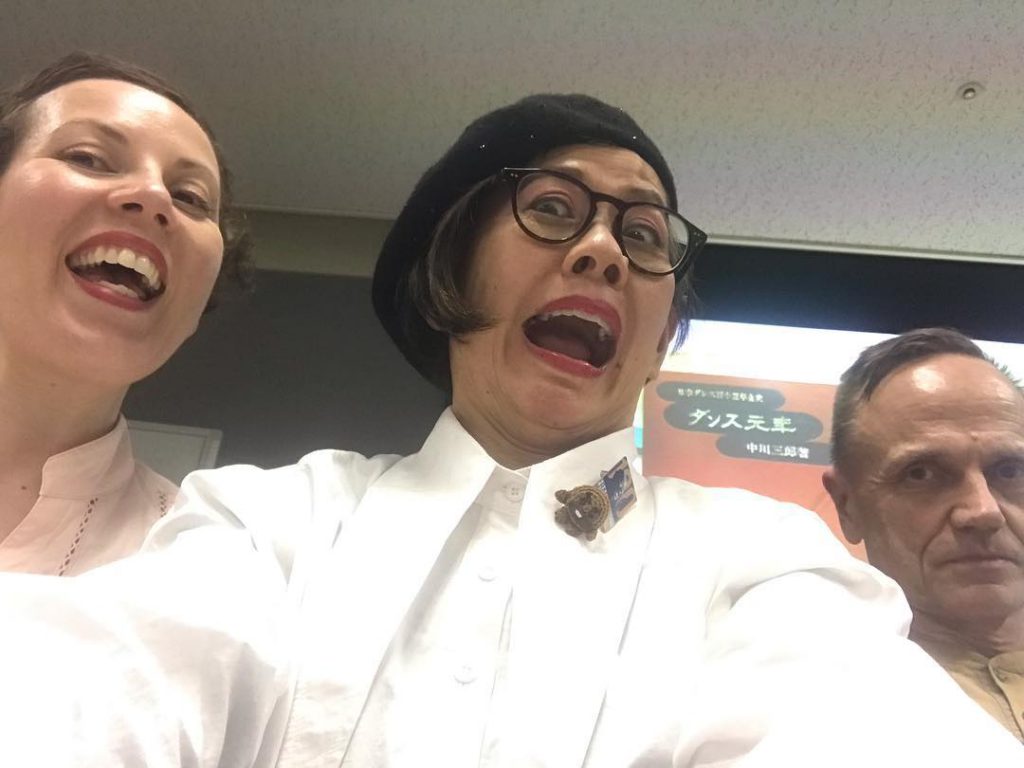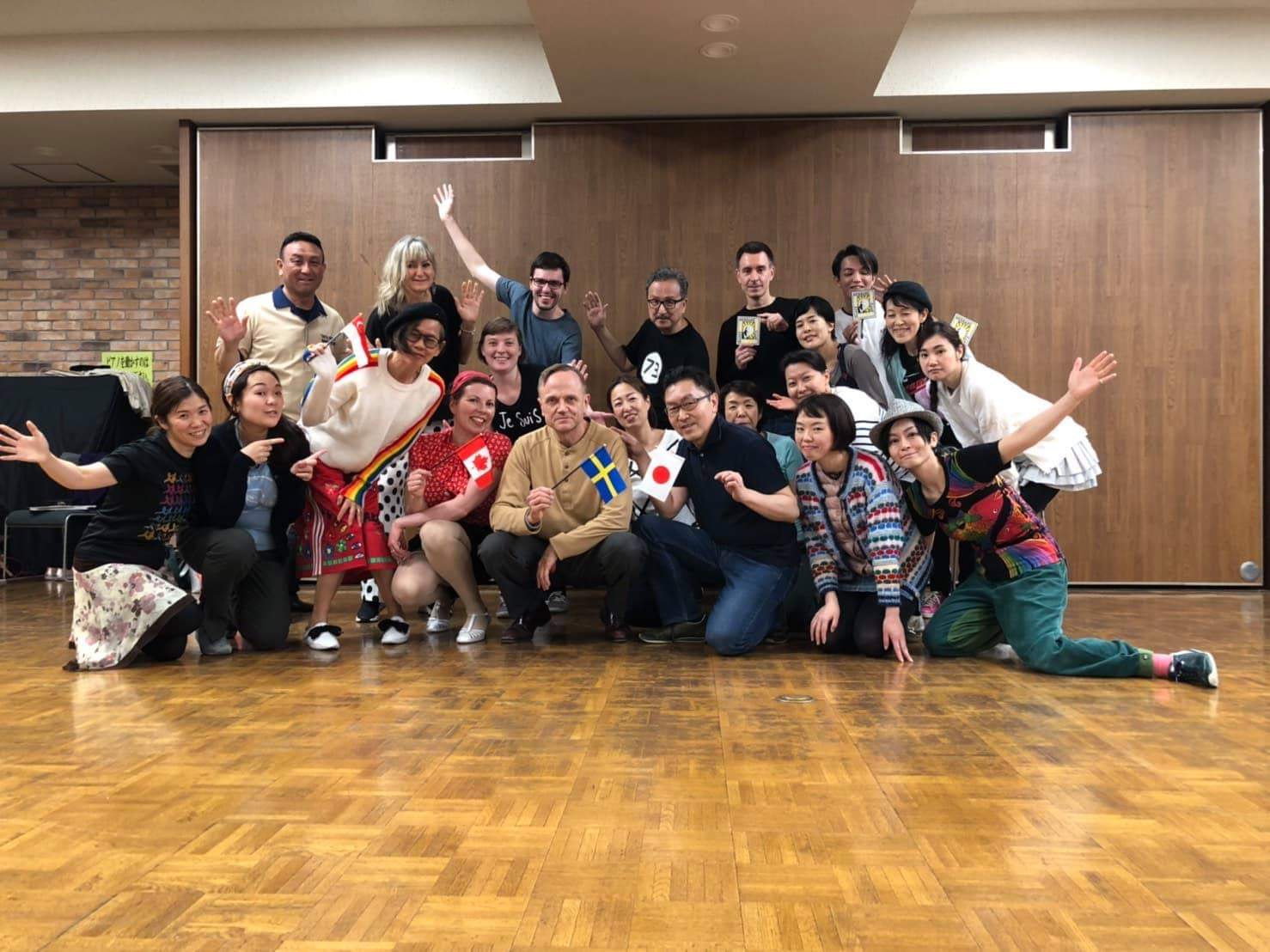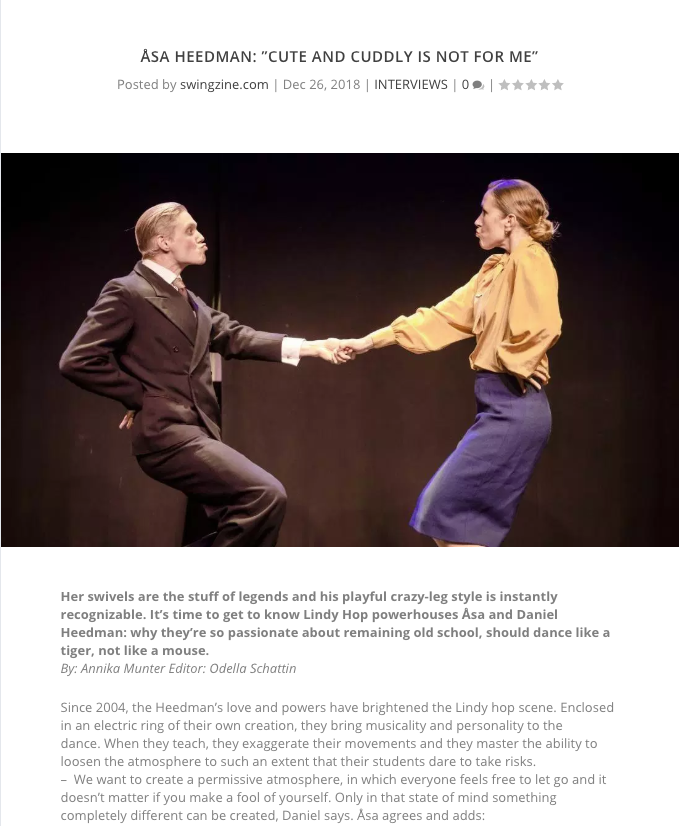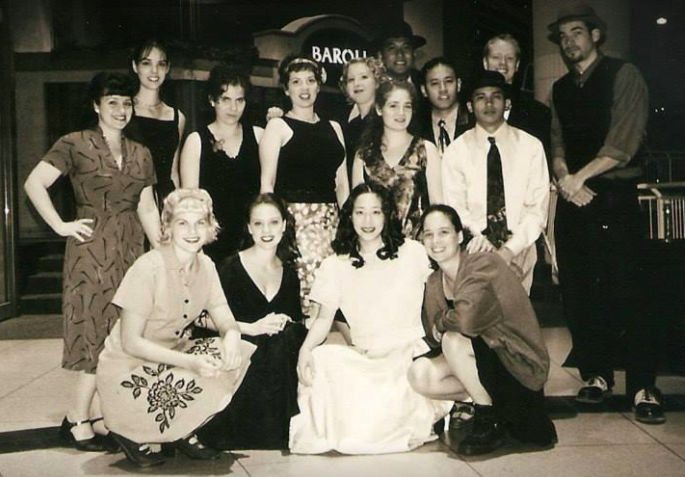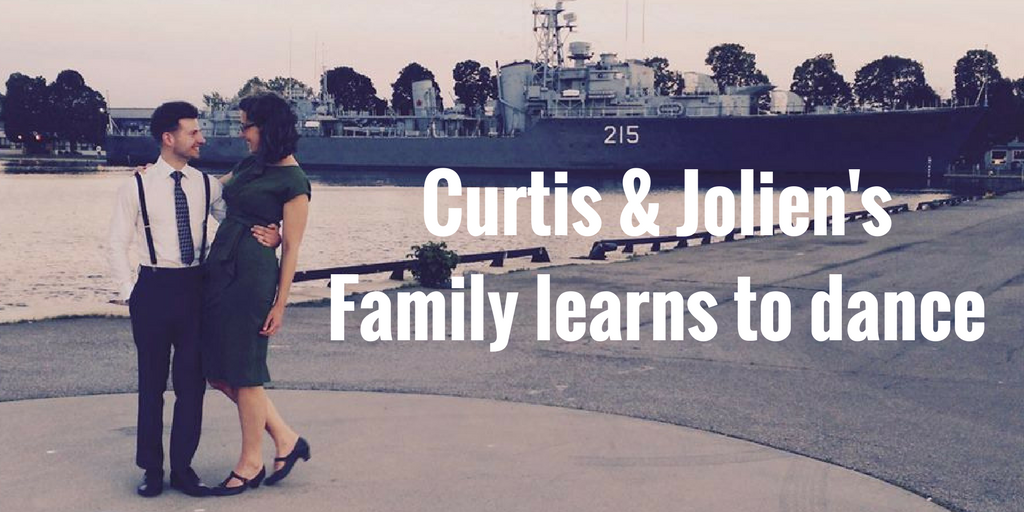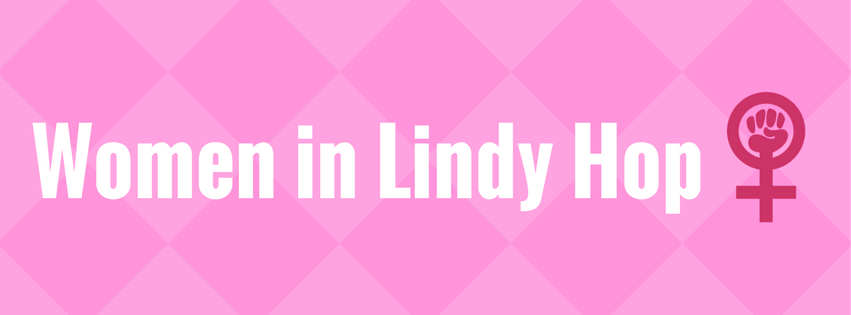
This note is old from 2015 and I plan to review it soon, but for now I just don’t want to lose it so I’m posting it here for safe keeping!
***
Originally from March 22nd, 2015
For many years I’ve been saying that following in Lindy Hop all comes down to just a few key principles. This weekend, my pal Krister prompted me to actually define what those principles are. So here it goes.
***THIS IS JUST MY PERSONAL PHILOSOPHY. TAKE IT OR LEAVE IT. It’s evolved over the years and will likely evolve some more. I also think that most of these principles apply to leaders as well.
Mandi’s Key Themes of Following in Lindy Hop
1. Momentum – To me, Lindy Hop is all about grounded momentum. The breakaway in to an open, stretchy position is really what started to define Lindy Hop at the end of the 1920s and still does today. The stretchy momentum of swingout-type shapes is really what defines the overall feeling of Lindy Hop. Followers should keep moving through the direction that the leader creates.
2. Elasticity – The dance should feel stretchy. Delay to make sure you’re actually responding to the lead and use that delay to ground yourself so that you can snap/release and achieve momentum through the elasticity of the dance. You aren’t supposed to be a mind reader. Don’t move because you “know” you’re supposed to. Move because you’ve actually felt a lead that you’re responding to it in a stretchy, elastic kind of way.
3. Grounding – Lindy Hop should drive from the legs. Power with the lower body. Push through the floor to transfer your weight from one entire leg to the next. Strive for balance and grounding and fight the contemporary temptation to float across the floor. Work those legs and use the floor.
4. Rhythm – Every movement and shape has a rhythm. Seek it out and find the fun in all rhythms, from basic triple steps to more sophisticated variations. Without rhythm there would be no Lindy Hop.
5. Posture/Core/Frame* – Seek good lines and posture through what a lot of people call “frame*” but not at the expense of your grounding and not with a rigid upper body. Don’t pull upward to the point where you’re starting to dance “up” – you want to have good posture while also staying in to the ground. Your upper body should be open and ready to respond to your lead in a flexible, loose, absorbing way that catches your core without your arms interfering. *I’d like to find a different word than “frame” which is more appropriate for ballroom dancing but I haven’t found a word I like better yet.
6. Followers should drop the weight of their connected arm – The connection a follower creates should be equal to or less than what the leader creates. Respond to the level of connection that the leader is setting and start at a “zero” connection (dropped arm) so that you’re sensitive enough to feel the intensity of what the leader is setting. Respond by connecting through your core and your shoulders, not by pushing, pulling or flexing arm muscles. (As a follower I might choose to increase my connection under certain circumstances like when I want to let my partner know something or I want to use them for something very intentional. See bonus #8. But that’s an exception and most of the time my connection would be lighter or equal to the leader’s.)
7. Be in the moment – My overall philosophy of following is be in the moment, or even behind the moment. Don’t care about what’s coming next, enjoy and squeezing out where you are right in the instant.
And I’m going to actually add a #8:
8. SPIRIT > TECHNIQUE – Lindy Hop, at its root, is a raw and wild dance. Don’t let all of the contemporary analytical stuff spoil the spirit of the dance. Lindy Hop should be a conversation, not a lecture. Follow… But not too much. Not so much that all you’re doing is hanging on for the ride. I believe that followers should assert their voices and not let #1-7 prevent us from playing an active role in the dance… In fact, there should be times when you throw #1-7 out the window because the music overrides “good” following technique. Connecting with the music is just as important (more important?) than being a “good” follower. Find your voice and self expression and use it to influence and contribute to the dance!
This is just my personal philosophy; there are no right or wrong ways to dance the Lindy Hop. Take what you like, try it, and put the rest in your back pocket to try out again in the future. Your dancing will continue to change and evolve and what doesn’t work for you today might appeal to you some time in the future.
Have fun and happy swingouts!
Mandi
33 Comments5 Shares
